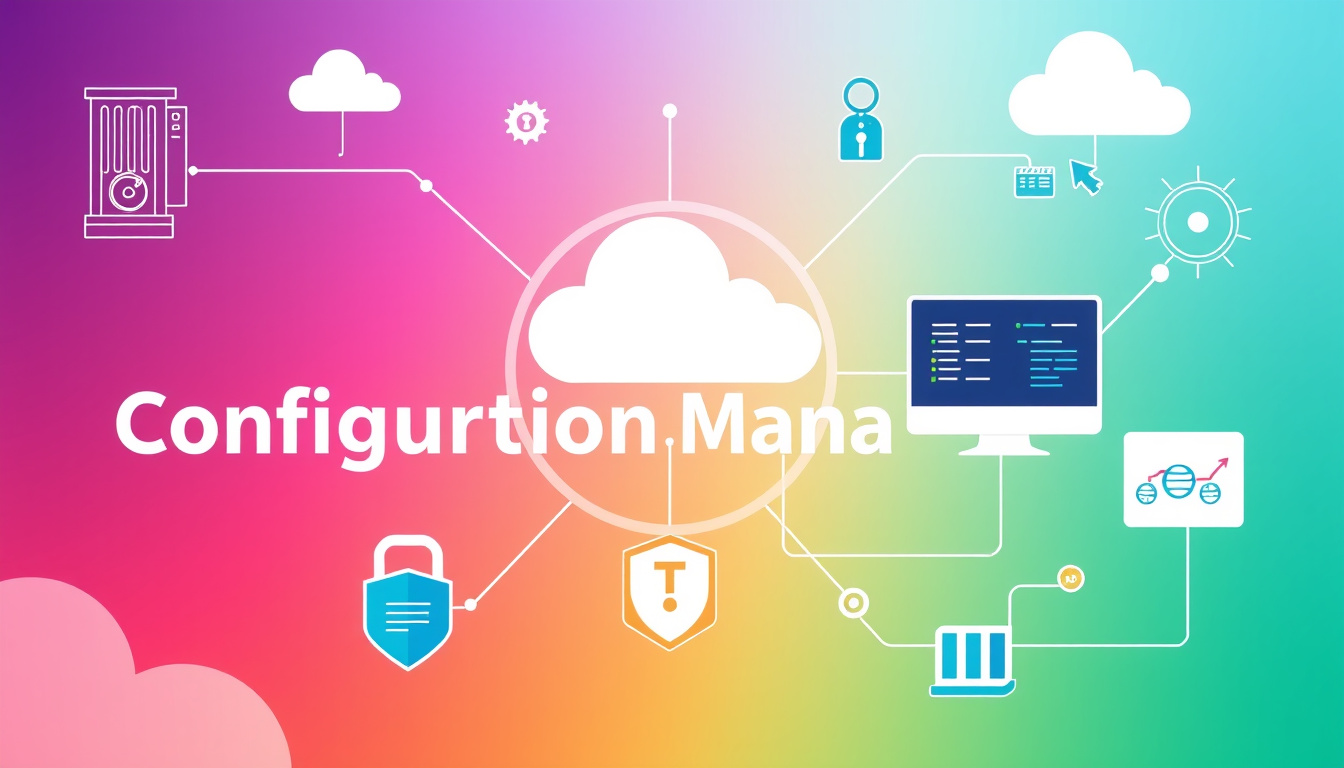In the contemporary IT landscape, where rapid changes and system complexities are the norms, Configuration Management (CM) has emerged as an essential process for maintaining the integrity and performance of IT systems. This article delves into the core concepts of configuration management, its historical context, applications in various industries, and the tangible benefits it offers to organizations striving for reliability and efficiency in their operations.
Understanding Configuration Management
Configuration Management is a systematic approach that guarantees consistency in a product's performance and its various attributes throughout its lifecycle. Originally developed by the United States Department of Defense in the 1950s, it has since evolved into a critical discipline across numerous sectors, including software development, IT service management, and civil engineering.
At its core, CM encompasses establishing, maintaining, and verifying a product’s attributes, which range from operational efficiency to functional design. This process involves documenting and controlling changes in complex systems, ensuring that updates do not adversely affect system performance and security.
Key Processes in Configuration Management
-
System Configuration Tracking: Configuration Management tools help identify and track the status of configuration items (CIs) across various components, from software to hardware units. Using Configuration Management Databases (CMDBs), organizations can maintain an accurate inventory of all IT assets and their details.
-
Change Control: CM methodologies provide structures to manage proposed changes, including evaluating their potential impacts, documenting them, and ensuring that revisions align with required standards. This aspect is crucial in preventing configuration drift—situations where systems develop inconsistencies due to untracked changes.
-
Documentation and Compliance: A successful CM process ensures that all configurations and changes are well-documented, which supports compliance with internal policies and external regulations. This documentation serves as a reference that aids in troubleshooting and audits.
-
Version Control: Configuration data, which is often dynamic, benefits greatly from version control systems. Tools like Git can help safeguard against unexpected configurations that could lead to outages or degraded performance, allowing teams to revert to stable states quickly.
Benefits of Configuration Management
The adoption of Configuration Management practices brings several advantages to organizations:
-
Enhanced Operational Stability: By consistently monitoring and managing IT environments, organizations experience fewer disruptions and higher uptime. This is particularly important for enterprises that rely on complex systems that demand high availability.
-
Improved Security Posture: As configuration drift can lead to vulnerabilities, maintaining rigorous control over configuration changes significantly enhances security. Regular assessments can prevent outdated or vulnerable configurations from introducing risks.
-
Cost Efficiency: Effective CM reduces the potential costs associated with system downtimes, troubleshooting, and reconfiguration efforts. The investment in CM tools often pays off through minimized disruptions and operational efficiencies.
-
Increased Accountability: With robust documentation practices and change control processes, companies can audit configurations and understand the rationale behind changes, fostering transparency and accountability within teams.
-
Facilitates Agile Practices: In an age where speed is crucial, CM enables teams to make swift and reliable changes to systems, adapting to market demands without compromising on quality or security.
Tools and Automation in Configuration Management

Today’s CM landscape is augmented with sophisticated tools designed for automation. These tools enhance the traditional CM processes by allowing for:
-
Automated Configuration Updates: Tools such as Ansible and Puppet allow for the automation of deployments and updates across numerous systems, ensuring that configurations remain consistent.
-
Infrastructure as Code (IaC): This paradigm facilitates managing infrastructure using code, streamlining deployment and configuration management processes in cloud environments.
-
Cloud Management: In cloud-centric infrastructures, CM tools can automate resource provisioning and compliance checks, further simplifying the management of complex deployments.
Conclusion
Mastering Configuration Management is essential for any organization looking to enhance its IT infrastructure’s performance and reliability. As systems grow more complex, the necessity for a structured approach to manage configurations becomes ever more critical. By implementing effective configuration management practices, organizations can safeguard their investments, streamline operations, and maintain a competitive edge in a fast-evolving digital landscape.
In summary, whether through robust documentation, automated processes, or effective change control, Configuration Management serves as a foundation for ensuring that IT systems remain efficient, secure, and aligned with business objectives. Embracing these principles not only transforms your IT infrastructure but also propels your organization towards sustained success.
Get started with your free Managed IT Services assessment today! Contact us at info@logicstechnology.com or by phone at (888) 769-1970.

